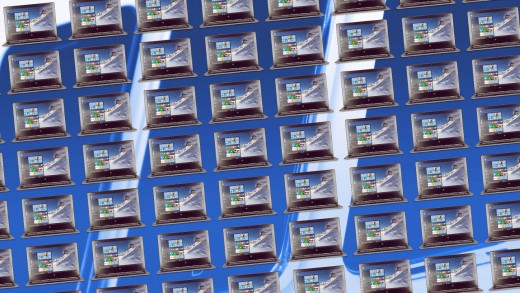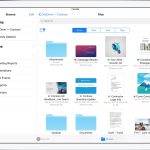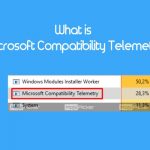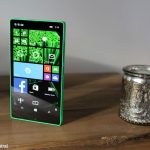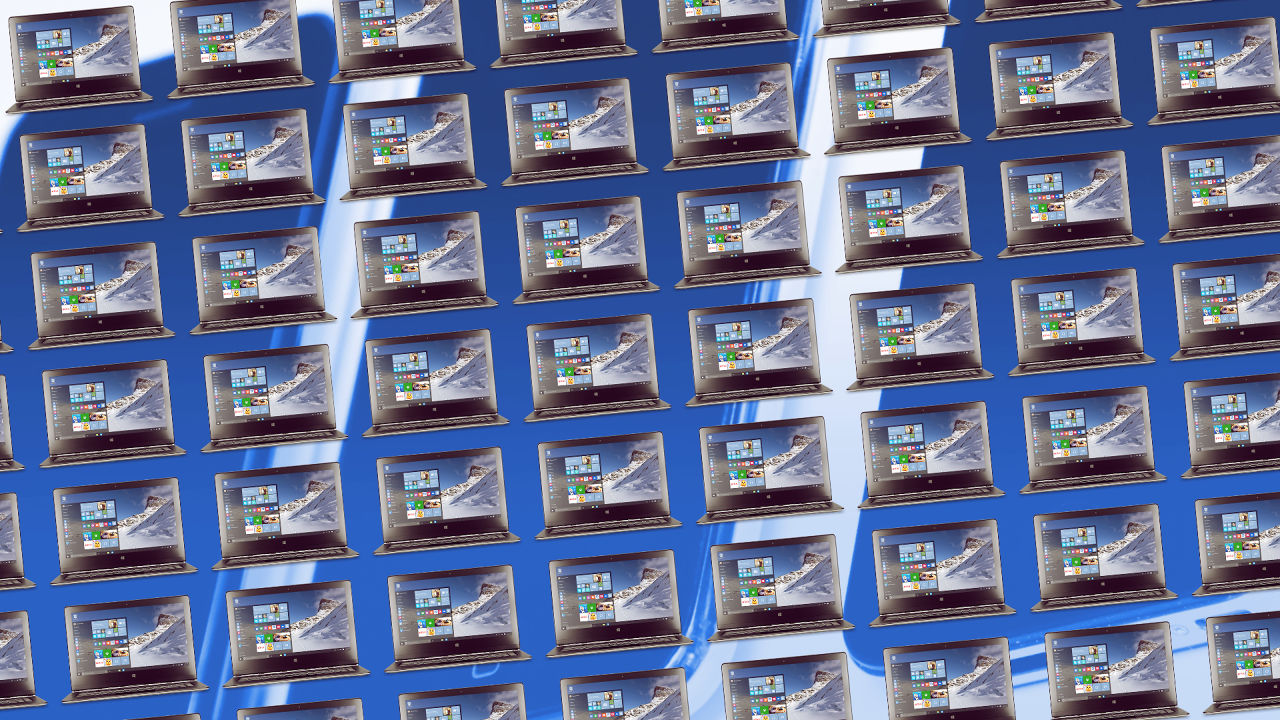Microsoft wants to position home windows 10 On every connected system
Microsoft is encouraging makers to build security methods, automatic lights controls, and other “web of things” gadgets on home windows 10.
August 17, 2015
Apple and Google won the first fight for the “put up-pc” world, with Android and iOS powering nearly each handheld device. Microsoft windows scarcely registers its presence on mobiles, at below three% market share (in step with comScore). however Microsoft is fighting laborious for the next spherical, so that you can deliver on-line factory machinery, security methods, local weather controls, electronic door locks, and just about every different device into the internet of issues (otherwise referred to as the IoT).
Microsoft simply launched home windows 10 IoT Core, a slimmed-down version of home windows 10 that runs on the $forty Raspberry Pi 2 and Intel’s $140 MinnowBoard MAX—bank card-sized laptop boards that makers use to prototype related devices. A model certified for Arduino (the granddaddy of hardware hacker boards) is coming, says Tony Goodhew, a program supervisor in Microsoft’s IoT workforce.
What does this imply? With these boards, makers can build prototype-linked gadgets like residence safety methods, lights controllers, climate-monitoring gadgets, or just finding out tasks like blinky lights controlled from a cell phone. These little hacker boards are to the connected, automatic world of the long run what the naked motherboards of the Seventies and ’80s had been to the private computing era that adopted.
Microsoft is dating the garage developers of the connected future to increase improve for its IoT platform. “We’re imparting what we have now to deliver to the party,” says Goodhew, “somewhat than looking to convey them to our party, which is what Microsoft has done in the past.” Microsoft has partnered with Arduino and the Raspberry Pi foundation and become a Maker Faire sponsor, as an example.
Microsoft supports home windows 10 IoT Core projects and sponsors contests through Hackster.io, a group for hardware hackers constructing linked gadgets using boards just like the Raspberry Pi, gadgets like the Pebble smartwatch, and networks akin to PubNub that link gadgets over the internet. Hackster.io is presently running a contest for building dwelling automation devices with home windows 10 IoT Core and the Raspberry Pi 2. Winners get a commute to Maker Faire NY city or Maker Faire Rome.
now not Getting Left in the back of once more
After basically owning the computing trade in late 1990s, Microsoft extended clumsily into nascent gadget categories like smartphones, and their forerunners—PDAs and handheld PCs. Microsoft’s authentic device-targeted OS, home windows CE, was presented back in 1996. It was a halfhearted try to squeeze the windows 95 expertise onto a tiny lcd, with barely readable text and an awkwardly sized start button.
BlackBerry, Palm, iOS, and Android—built from the beginning for cellular devices—spawned a complete new approach to have interaction with computer systems and the web, while windows limped along with incremental revisions underneath the names Pocket laptop and home windows cell. by the time Microsoft did a floor-up revamp, with the release of the slick windows telephone 7 OS in late 2010, it had no chance of catching up to Android and iOS. (Palm was once just about extinct by then, and BlackBerry was once within the morbid free-fall that continues as of late.)
things went significantly better for windows Embedded, Microsoft’s OS for working on units corresponding to ATMs, level-of-sale terminals (computerized money registers), and medical-imaging devices. Microsoft wound up owning a majority of these markets with CE Embedded. however it also had to take care of embedded Linux, with its legions of devoted open-source developers. Linux runs on heaps of common consumer gadgets like Roku as well as IoT residence automation gadgets together with the Nest studying Thermostat and Dropcam safety cameras (each now owned via Google).
One OS For (virtually) the whole thing
Microsoft’s strategy for taking on the web of issues is simple: Make its device more uncomplicated to use.
“Core” is the key phrase in windows IoT Core. Any type of windows—whether it’s operating a thermostat or a server farm—is based on the same running gadget core. One mistake the company made with the old windows Embedded, says Goodhew, used to be making it too customizable. builders might add or remove elements of the working gadget as they noticed fit, producing the tiniest, most-environment friendly version for a selected circuit board, however one who would not run on different circuit boards. Apps also needed to be personalized for every little hamlet of home windows that programmers created. that is the same method Linux has taken, says Goodhew.
“We’re not taking place that course (with home windows 10 IoT Core),” says Goodhew. “From a developer standpoint, I write one app on the way to run on any tool, and that same code will run on a cell phone or on a personal computer. as an example, Goodhew says that a programmer was once constructing an industrial digicam prototype on a Raspberry Pi board.
as a substitute of getting to write down an app from scratch, the programmer went to the Microsoft Developer network website and pulled down instruments for imposing features like face detection and picture stabilization that had already been created for PCs and mobiles.
that is now not just something to get nerdy programmers excited. It means that new forms of gadgets will come out quicker and work the way in which people predict them to. remember early commercials for the iPad that boasted “you realize use it.”? as an instance, a safety digicam would fast get apps, which work in a similar way, for watching the video feed from a (home windows) telephone or computer.
As Google does with Android, Microsoft is giving away home windows 10 IoT Core free of charge. That goes for mega industrial corporations as well as a hacker with Arduino or Raspberry Pi boards within the storage. That’s not an act of altruism: it can be a technique for Microsoft to get customers for its developer instruments such because the visual Studio carrier for constructing and debugging programs. (windows has been free for mobile phones and smaller capsules for greater than a year.)
Microsoft could or may not have a distinct destiny with the internet of things than it did with cell devices. however through working intently with even hobbyist developers and gifting away tool, Microsoft is indisputably taking a different approach this time.
[supply photograph: Flickr person Yutaka Tsutano]
(118)

